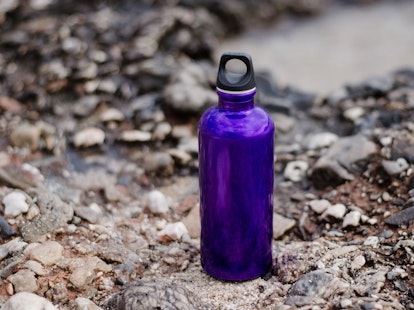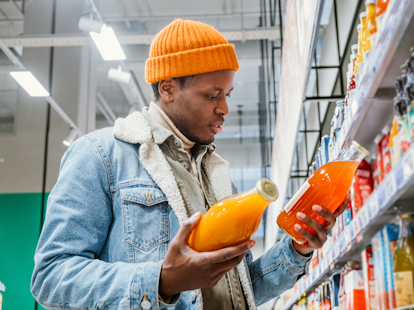The US state of Oregon has issued a proposal for eliminating High Priority Chemicals of Concern for Children’s Health (HPCCCHs) in three categories of children’s products. Comments will be accepted until July 23, 2020.
In 2015, the US state of Oregon enacted SB 478 ‘Toxic-Free Kids Act’ (the Act). The Act authorizes the Oregon Health Authority (OHA) to establish and maintain a list of HPCCCHs that are used in the manufacture of products for children under the age of 12, and to establish rules governing what manufacturers must do to comply with the Act. These rules and implementation processes are to be established over Phases 1 to 3.
Under the law, children’s products are:
- Car seats
- Childcare products to facilitate sucking, teething, sleep, relaxation, feeding or drinking
- Clothing and footwear
- Cosmetics
- Jewelry
- Toys
According to the Act, reporting is required if an HPCCCH meets the following:
- Intentionally added and is equal to or greater than the practical quantification limit (PQL) or
- A contaminant that is equal to or greater than 100 ppm
The use of an HPCCCH, however, will need to be removed, substituted with a less hazardous alternative or have a waiver approved by the OHA by January 1, 2022 (the third biennial notice) if the children’s product falls under the following three categories:
- Cosmetics
- Intended for children under the age of 3 or
- ‘Mouthable’
In June 2020, Oregon announced a Notice of Proposed Rulemaking (NPR) ‘Phase 3 Rulemaking’ to establish rules so manufacturers may comply with their requirements. In addition to revising the existing language in the Act, including consistent chemical nomenclature for HPCCCHs with chemicals of high concern for children (CHCCs) under Washington State’s Children’s Safe Products Act (CSPA), the NPR also proposes to adopt many new provisions in relation to substitution, removal or waiver procedures for children’s products falling under these three categories. These provisions include, inter alia, the following:
- ‘Removal of Substitution of High Priority Chemicals’:
- Procedures required by manufacturers who remove an HPCCCH from, or cease to manufacture, the above three categories of children’s products
- Procedures for manufacturers with no more than 25 employees who wish to apply for a two-year extension of the date in ORS 431A.260 to meet the requirements
- ‘Exemptions from Removal or Substitution Requirements’ – manufacturers may request for an exemption to remove or substitute an HPCCCH under ORS 431A.260 if they meet at least one of four conditions, including an HPCCCH meeting the limits under the Consumer Product Safety Improvement Act of 2008 (CPSIA)
- ‘Requirements for Chemical Substitution and Hazard Assessment (HA) for substitute chemicals’ – requirements for HA for manufacturers who wish to substitute an HPCCCH with a less-hazardous chemical and procedures for considering the HA
- Application process and timelines for waivers from removal or substitution requirements – including a quantitative exposure assessment (QEA) demonstrating an HPCCCH is not reasonably anticipated to result in exposure to a child based on an analysis of the leaching and bioavailability of the HPCCCH
- Alternative Assessment (AA) – manufacturers must perform an AA to evaluate the possibility of replacing chemicals in products with a safer alternative. The AA must be carried out by starting with the HA, and the following assessments in any order – QEA, technical feasibility assessment and financial feasibility assessment
Comments for the NPR will be accepted until July 23, 2020.
SGS is committed to providing information about development in regulations for consumer products as complimentary services. Through a global network of laboratories, SGS provides a wide range of services including physical/mechanical testing, analytical testing and consultancy work for technical and non-technical parameters applicable to a comprehensive range of consumer products. Please do not hesitate to contact us for further information.
For enquiries, please contact:
Hingwo Tsang
Global Information and Innovation Manager
t: (+852) 2774 7420
© SGS Group Management SA - 2020 - All rights reserved - SGS is a registered trademark of SGS Group Management SA. This is a publication of SGS, except for 3rd parties’ contents submitted or licensed for use by SGS. SGS neither endorses nor disapproves said 3rd parties contents. This publication is intended to provide technical information and shall not be considered an exhaustive treatment of any subject treated. It is strictly educational and does not replace any legal requirements or applicable regulations. It is not intended to constitute consulting or professional advice. The information contained herein is provided “as is” and SGS does not warrant that it will be error-free or will meet any particular criteria of performance or quality. Do not quote or refer any information herein without SGS’ prior written consent.



